These Directors Didn’t Make The Final Cut For Reasons Unimaginable
While it's rare for a director to get fired from a film, especially after production has already begun, that doesn't mean that it can't happen. Sometimes the directors just don't have the right vision for a film or they simply can't get along with members of the cast and crew. It's why Clark Gable had the original Gone with the Wind director fired and also why there are two very different versions of 1980's Superman II.
Whatever the reason may be, most of these directors would probably like us to forget these unsavory moments from their careers. But we haven't. Here are 20 directors that got the boot.
Phil Lord And Chris Miller Weren't Efficient
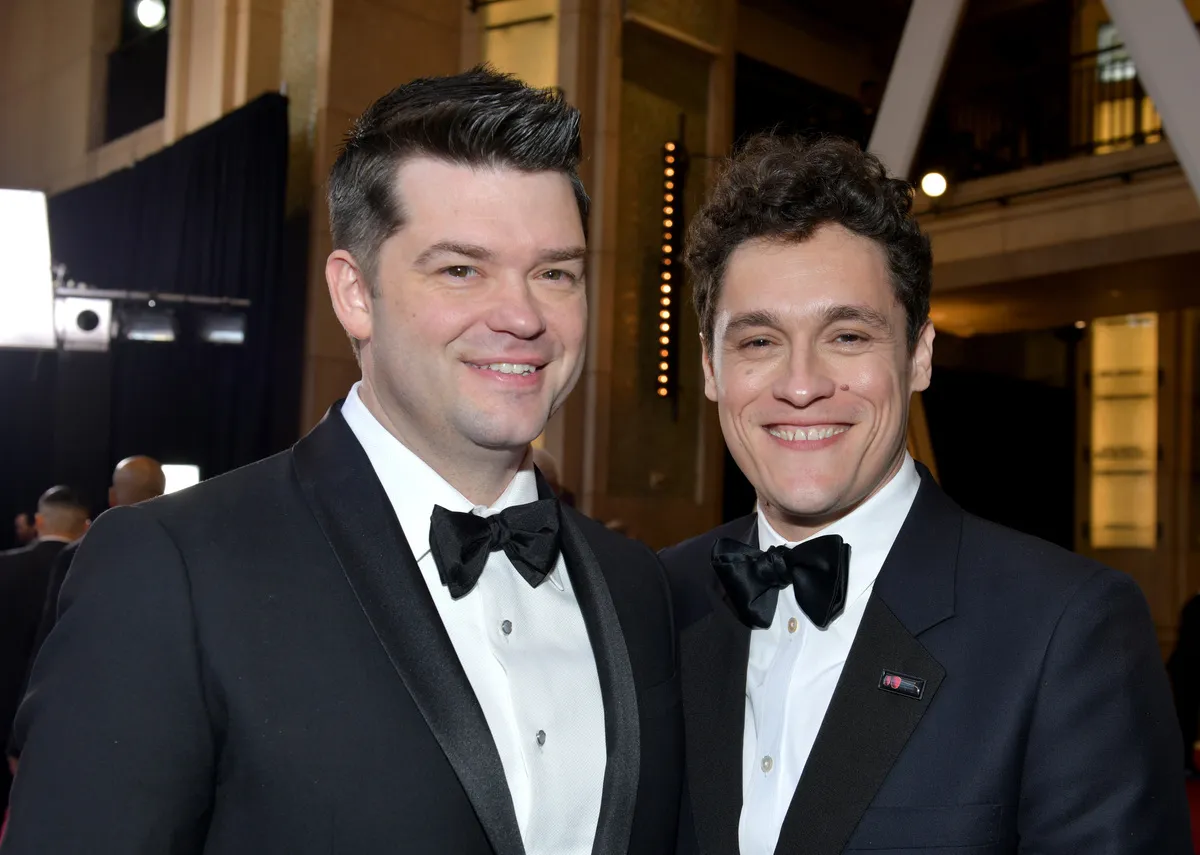
Solo: A Star Wars Story was already months into production when its original directors Phil Lord and Chris Miller were fired from the project. Efficiency was not their strong suit, which eventually had everyone doubting their directing style.
"Phil and Chris are good directors, but they weren't prepared for Star Wars. After the 25th take, the actors are looking at each other like, 'This is getting weird,'" revealed an anonymous source to Vulture. Ron Howard had to step in and re-shoot all of their scenes in a quarter of the time it took Lord and Miller, much to the relief of everyone on set.
Alex Cox And Hunter S. Thompson Had Creative Differences
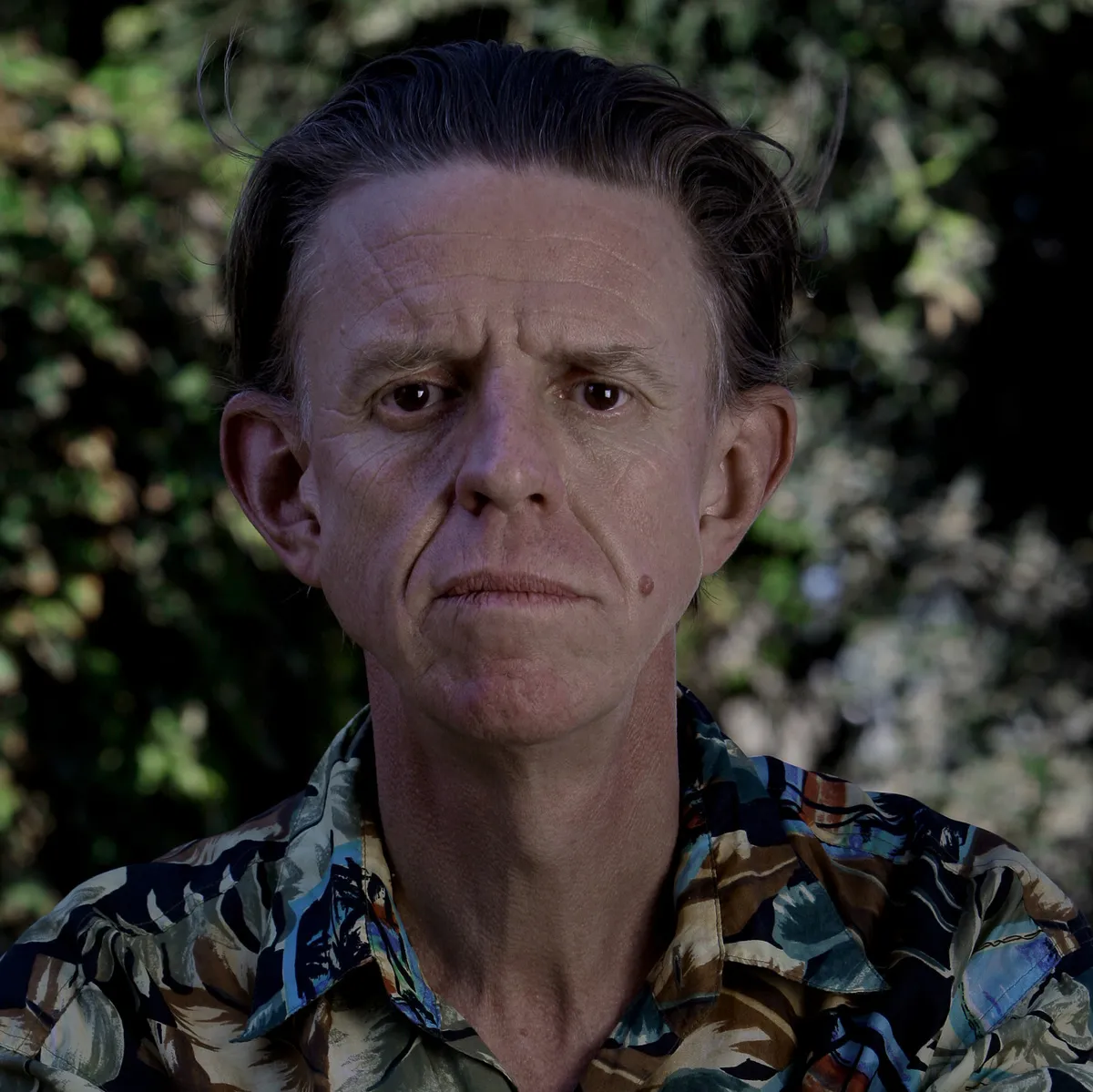
Alex Cox was originally slated to direct 1998's Fear and Loathing in Las Vegas but he hardly made it to the director's chair after an unsavory meeting with Hunter S. Thompson. In 1997, Cox met with Thompson to discuss the screenplay he adapted from the latter's 1971 novel.
Apparently, Thomspon not only disagreed with parts Cox changed from the book but he was insulted by the fact that Cox refused to watch football (Thompson loves football) and didn't eat the sausage Thompson made for him (Cox was vegetarian). Cox was replaced by Terry Gilliam but still sued for a writing credit, claiming Gilliam's new script was derived from his.
Richard Thorpe Had It All Wrong
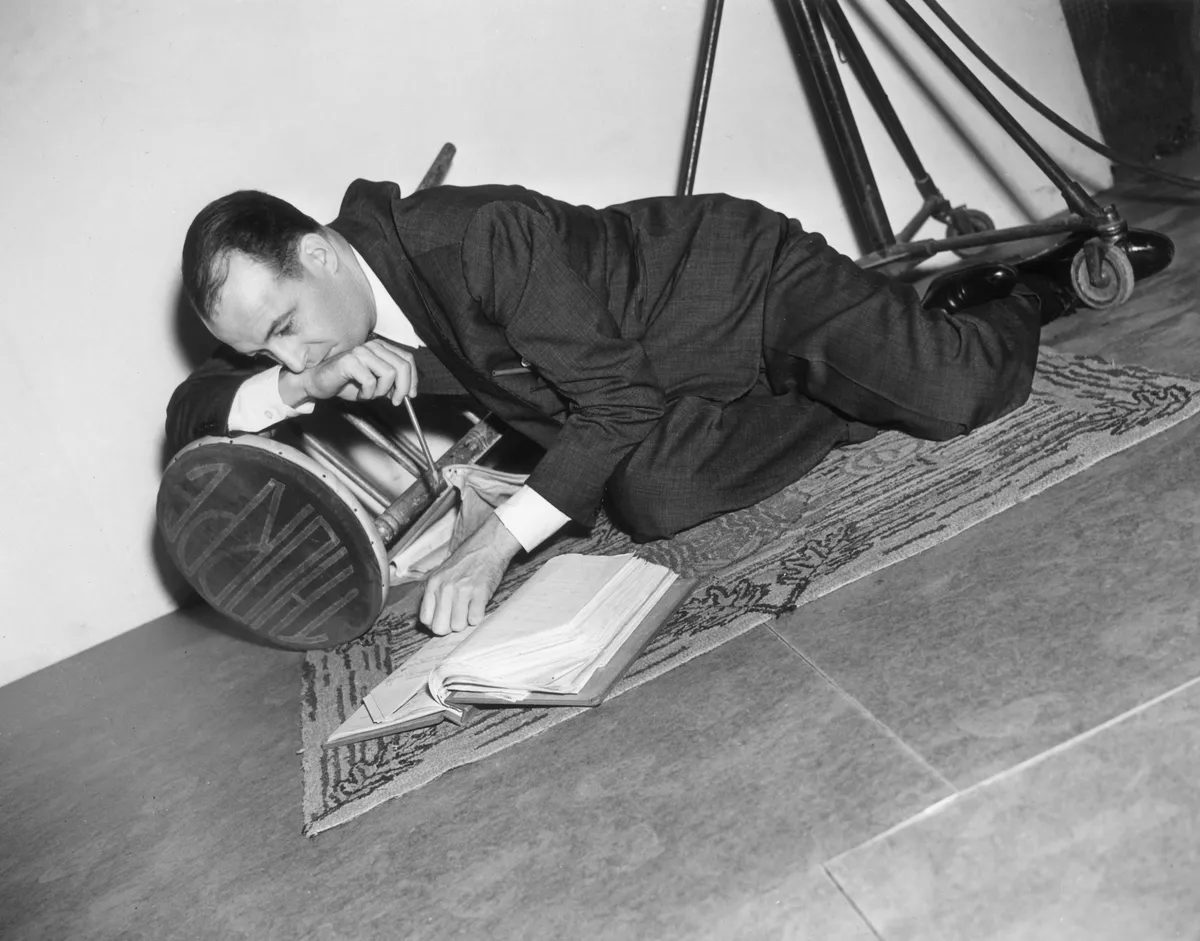
Imagine Dorothy from The Wizard of Oz with blonde hair and gaudy "baby-doll" makeup. Sounds absurd, right? Well, if director Richard Thorpe had his way, that's exactly how the classic 1939 film would have turned out. Producers weren't happy with Thorpe's direction either since he wasn't giving the film the right air of fantasy.
Thankfully, he was fired two weeks after shooting began and temporarily replaced with George Cukor, who nixed Dorothy's original look right away. Cukor left to film Gone with the Wind and producers finally settled with director Victor Fleming.
Richard Stanely Snuck Back On Set
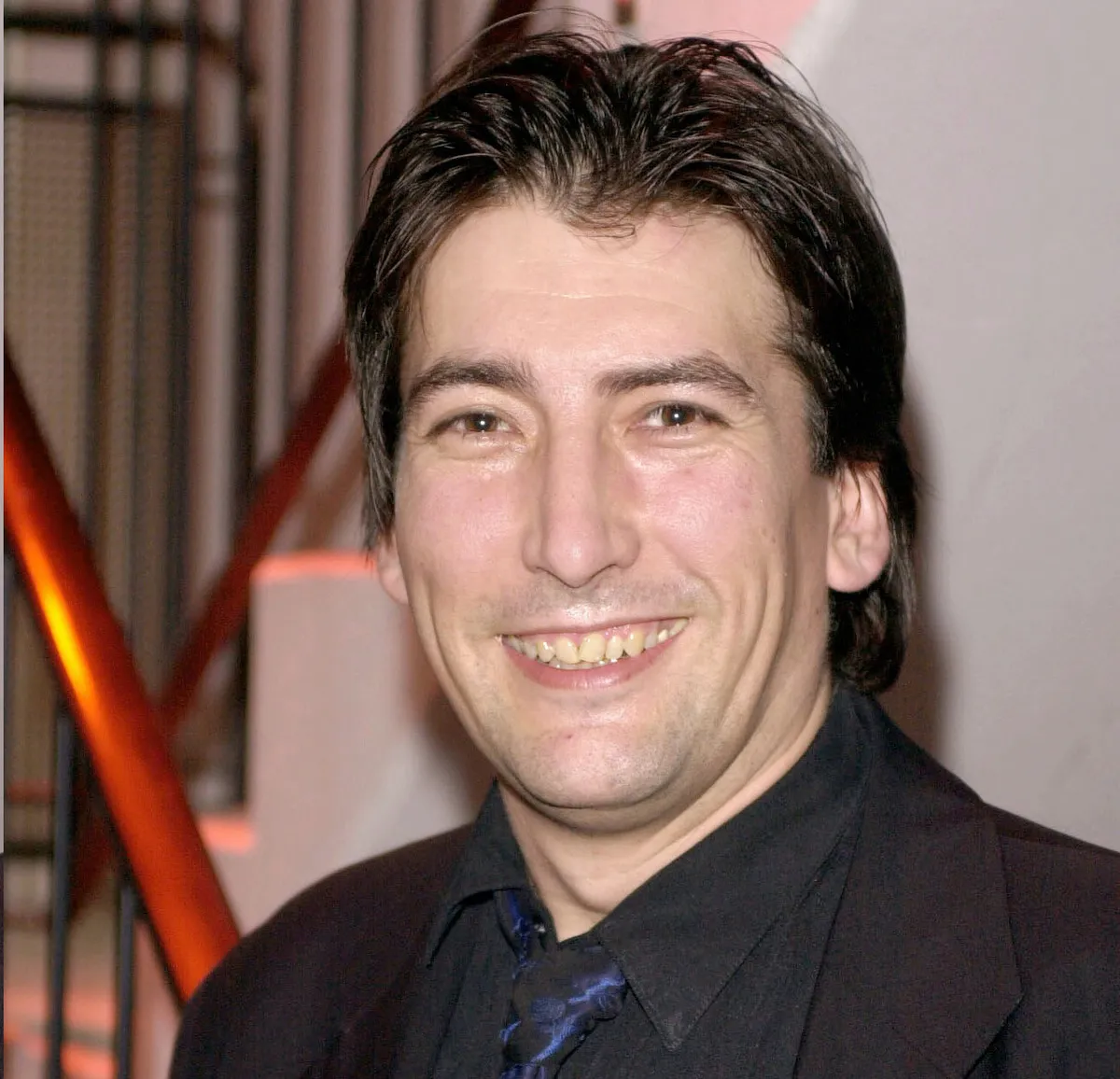
H.G. Wells's The Island of Dr. Moreau was one of director Richard Stanley's favorite books growing up. So when New Line Cinema hired him to bring it to life (which would be his first major Hollywood production), Stanley definitely had a vision. Unfortunately, only a week passed before he was banned from the set.
Producers didn't like that Stanley put too much focus on the beast creatures and that he couldn't handle actor Val Kilmer, who was notoriously difficult to work with at the time. Instead of leaving Australia where the movie was filmed, Stanley hid in the surrounding rainforest and snuck back on set dressed as an extra.
Steven Soderbergh Wasn't Going To Do What Sony Wanted

Sony Pictures Entertainment pulled the plug on 2011's Moneyball the same day that filming was supposed to begin. The biggest factor was Sony co-chairman Amy Pascal's disagreements with director Steven Soderbergh's last-minute script rewrites.
Soderbergh wanted to take a documentary-like approach to the film, which would also include interviews with actual MLB players. The idea didn't sit well with producers, who already felt the film's $60 million budget was a risk. After the plug was pulled, Pascal and lead actor Brad Pitt did everything they could to bring the film back into production, replacing Soderbergh with director Bennett Miller.
People On Set Felt Threatened By George Cukor
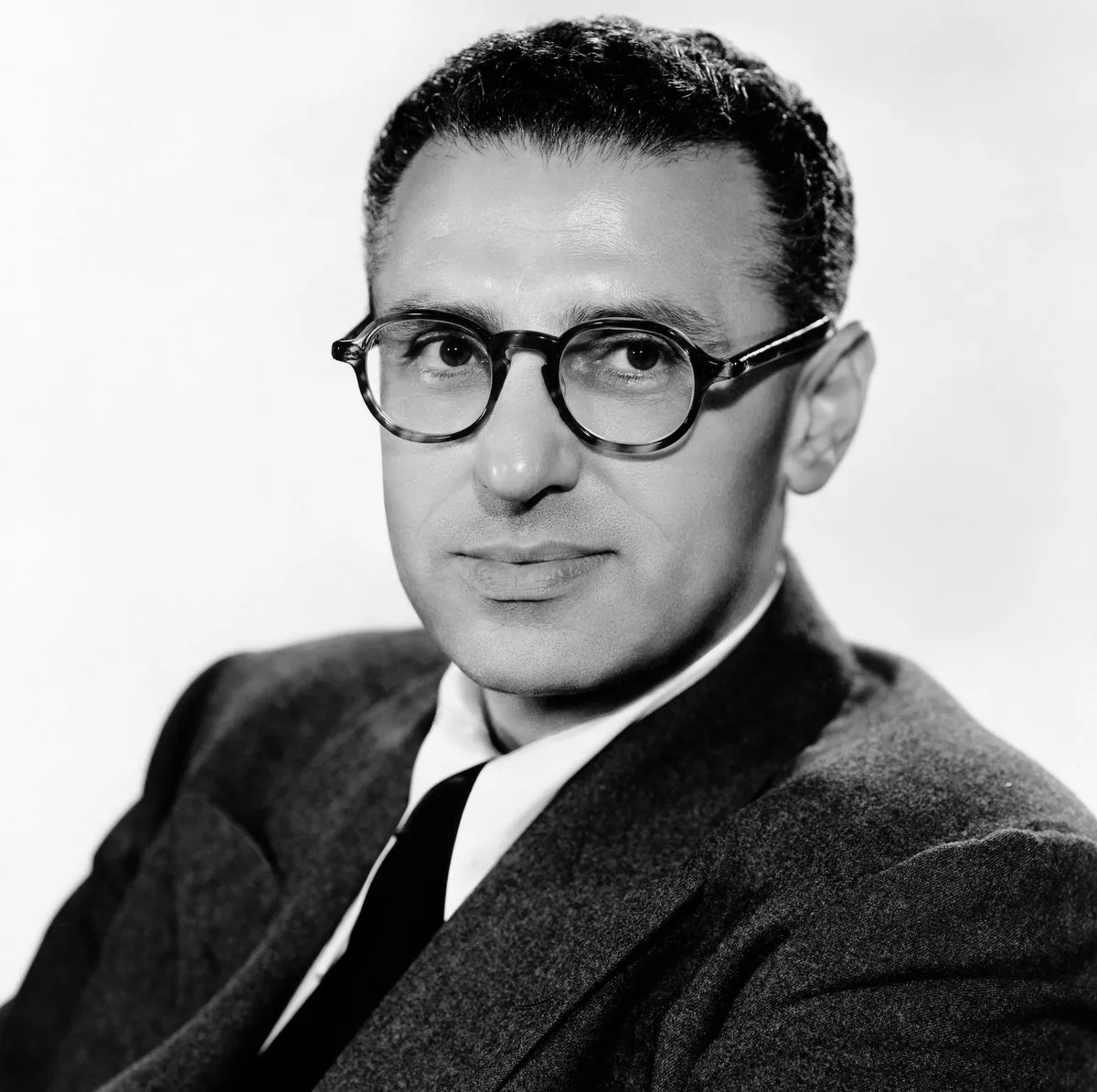
Gone with the Wind was not without its behind-the-scenes drama, the first of which was the firing of director George Cukor. Cukor worked closely with producer David O. Selznick for two years in pre-production. Cukor once looked to Selznick as something of a mentor but by the time Gone with the Wind came around he had grown into his own as a director, which Selznick saw as a threat.
Additionally, Clark Gable suddenly didn't like Cukor after he found out the latter was gay and feared the director might reveal outlandish stories from the actor's past. Three weeks after filming began, Cukor got the boot.
John Avildsen Had An Interesting Vision For Tony Manero
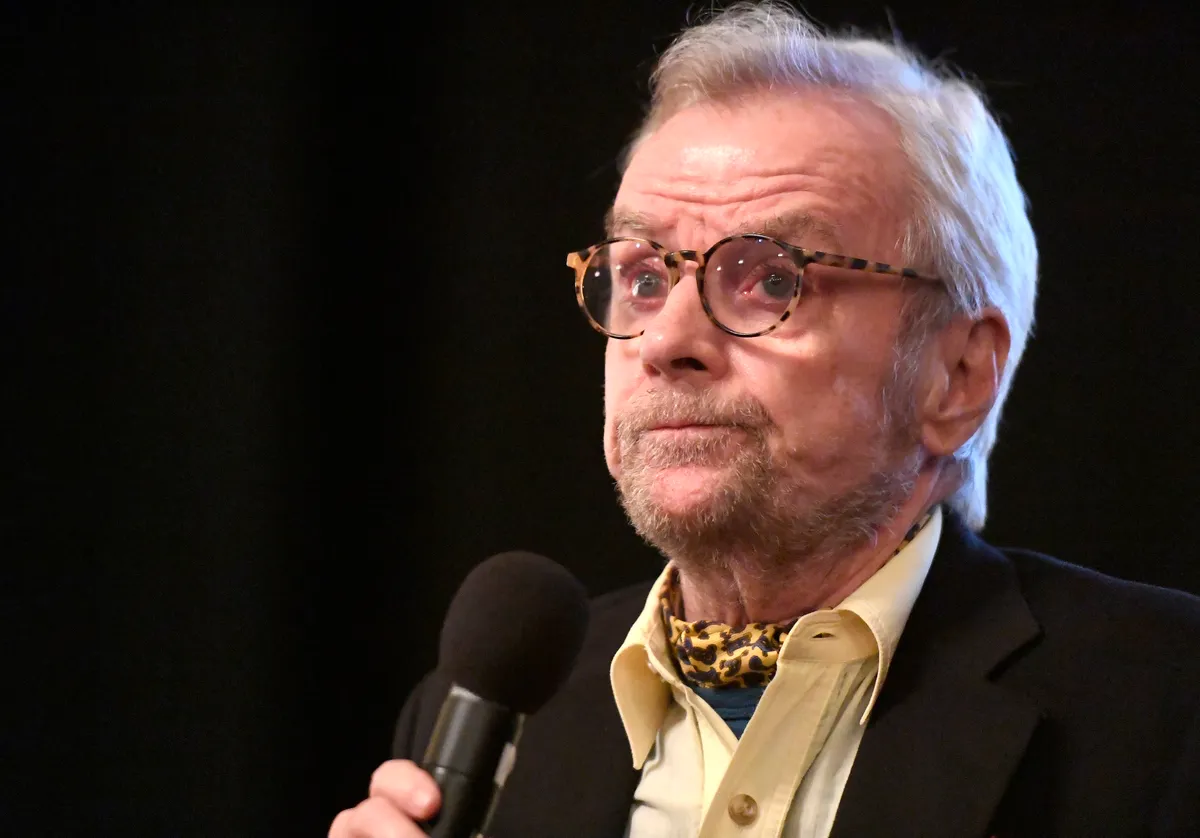
After winning Best Director and Best Picture for 1976's Rocky, director John Avildsen was signed on to take the reigns of Saturday Night Fever the following year. For a director fresh off an Academy Award high, you'd think that he would have done a fantastic job with the John Travolta disco drama. He might have too if he weren't fired three weeks before filming even began.
Avildsen had many script disputes with producer Robert Stigwood, who thought the director was trying too hard to make Tony Manero like Rocky Balboa. Travolta later suggested that Avildsen wanted Tony to be a "nice guy" like Rocky.
Two Directors Were Fired From The Piranha Sequel
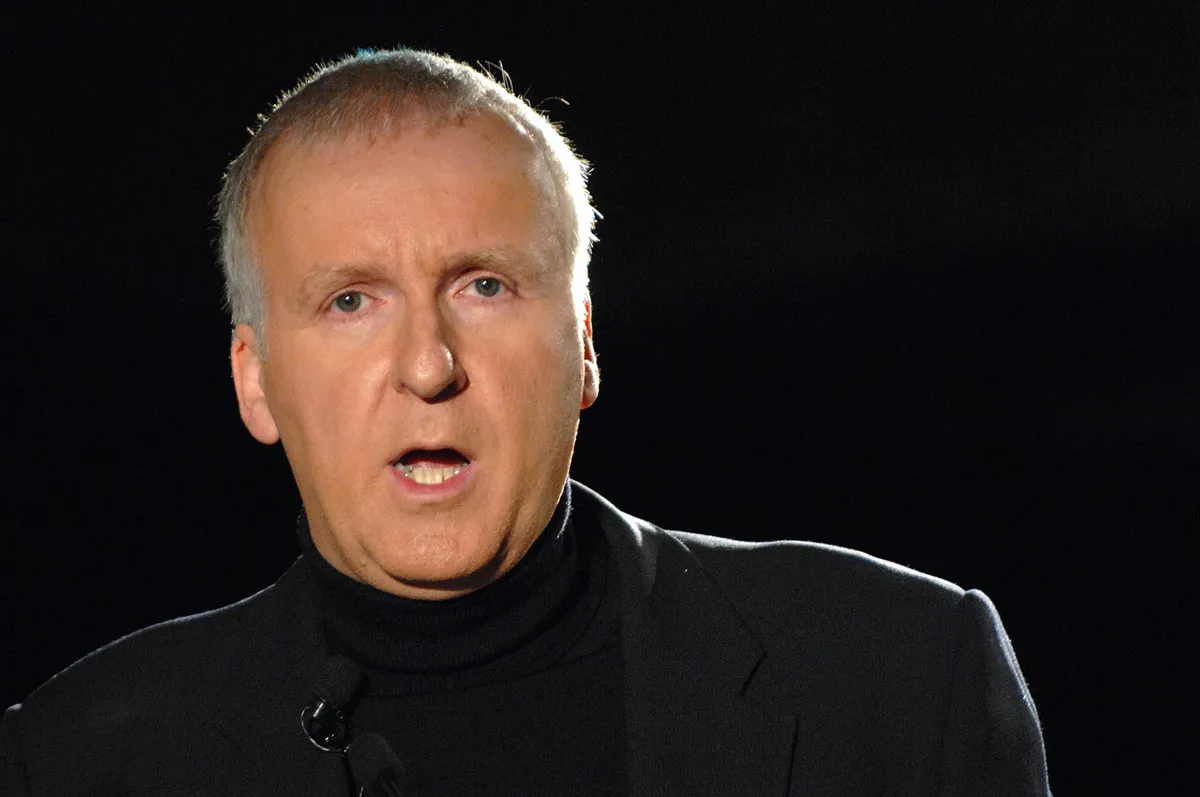
1982's Piranha II: The Spawning had not one, but two directors that were fired from its production. The first was Miller Drake, who'd previously worked with Joe Dante on the first Piranha film. Drake got to work on developing a script, wanting to focus on a character from the first film. This didn't work for the Italian producer Ovidio G. Assonitis.
Assonitis fired Drake and hired James Cameron, who Assonitis eventually fired over inexperience. Both Cameron and Drake seem to suggest that Assonitis wanted to direct the film himself but contractually, the film couldn't be finished with an Italian name which is why Cameron is still credited as the director.
The Main Idea Of Jaws Was Entirely Lost On Richards
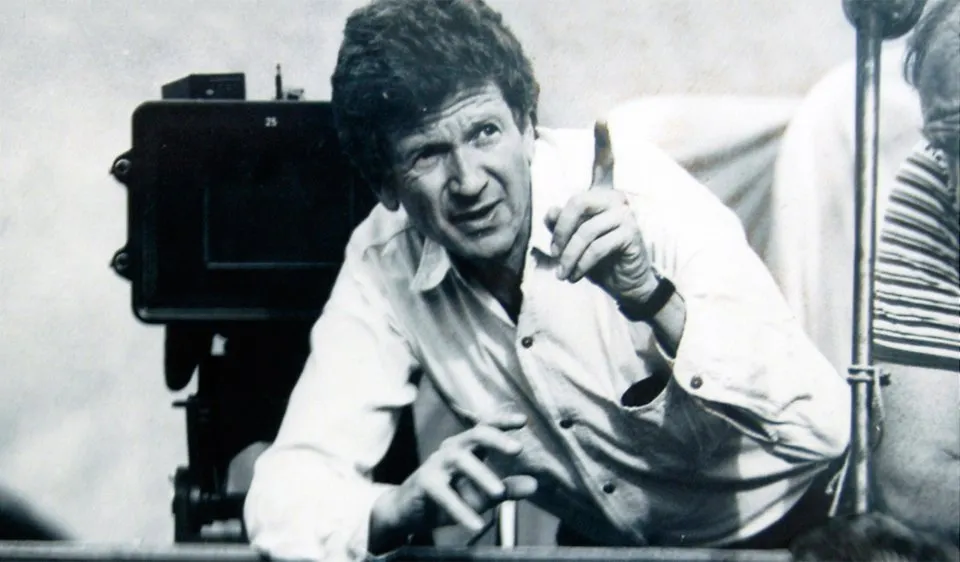
One can't imagine anyone other than Steven Spielberg lending his genius to 1975's Jaws but for a very brief moment in history, that was going to be the case. Before Spielberg was offered the job, directing duties were enlisted to Dick Richards, who in the previous year made his directorial debut with The Culpepper Cattle Co.
It seemed like a promising match at first but it wasn't long before the producers realized where they went wrong. Not only did Richards downplay the horror of Jaws but what really ground everyone's gears was the fact that Richards kept referring to Jaws as a whale rather than a shark.
Erich Von Stroheim Was Fired Because His Leading Lady Was Paranoid
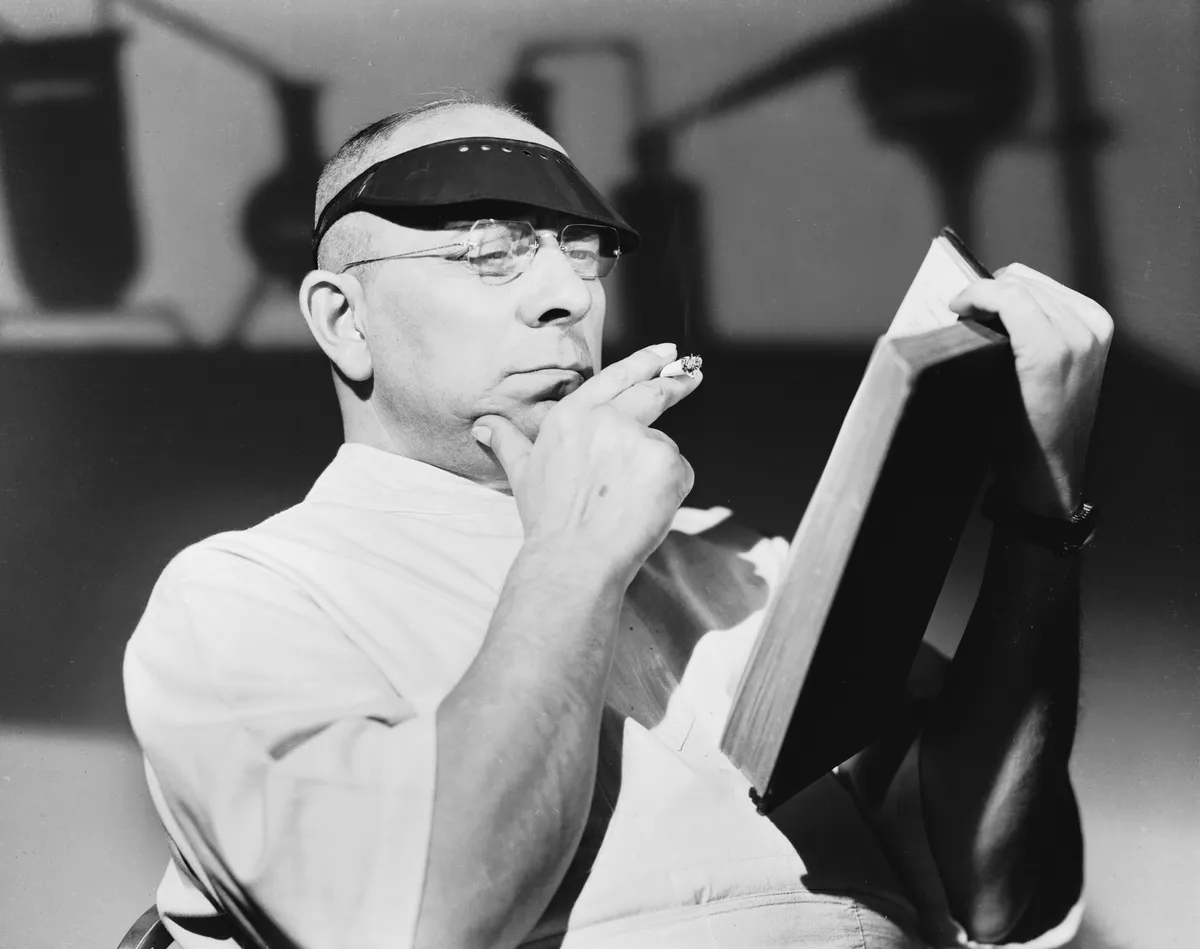
Even the Silent Film era had its fair share of behind-the-scenes drama. One example is Queen Kelly, which starred Gloria Swanson and was at first directed by Erich von Stroheim. Production nearly shut down on Queen Kelly after Swanson made a variety of complaints, primarily over the direction the film was taking.
Apparently, she was paranoid that the script was being misinterpreted and was not pleased with the amount of innuendo that was snuck in. The film was already costly to make but Swanson had Stroheim fired and some "distasteful" scenes cut. She eventually took over directing herself.
Anthony Mann Couldn't Live Up To Expectation
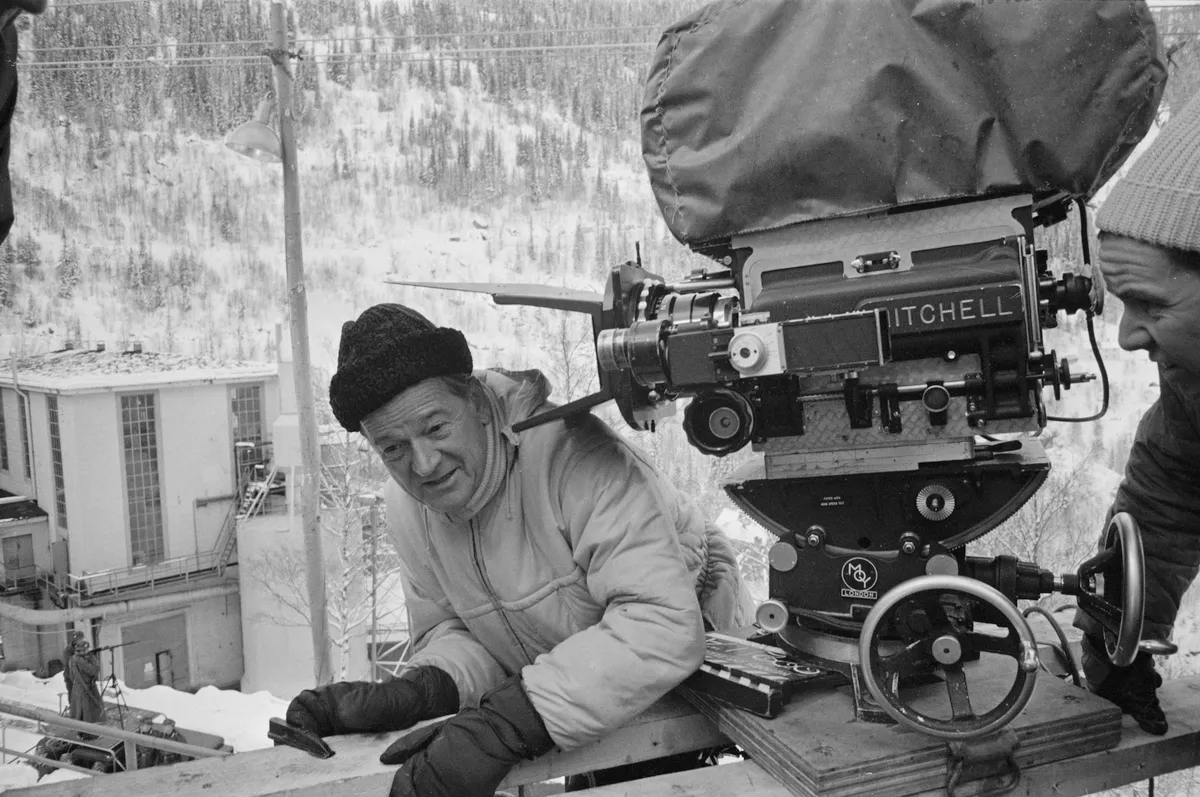
After Kirk Douglas was denied the lead role in 1959's Ben-Hur, he decided to bring a similar film to the big screen called Spartacus. The producer-actor initially hired director Anthony Mann, who at the time was known for Westerns like The Naked Spur.
Mann only lasted a week on set before Douglas became unsatisfied with his work. "[Mann] seemed scared of the scope of the picture," Douglas mused in his autobiography. Mann only filmed the opening sequence, setting the style for the rest of the film which was taken over by a young Stanley Kubrick.
Ted Griffin Was Fired From His Directorial Debut
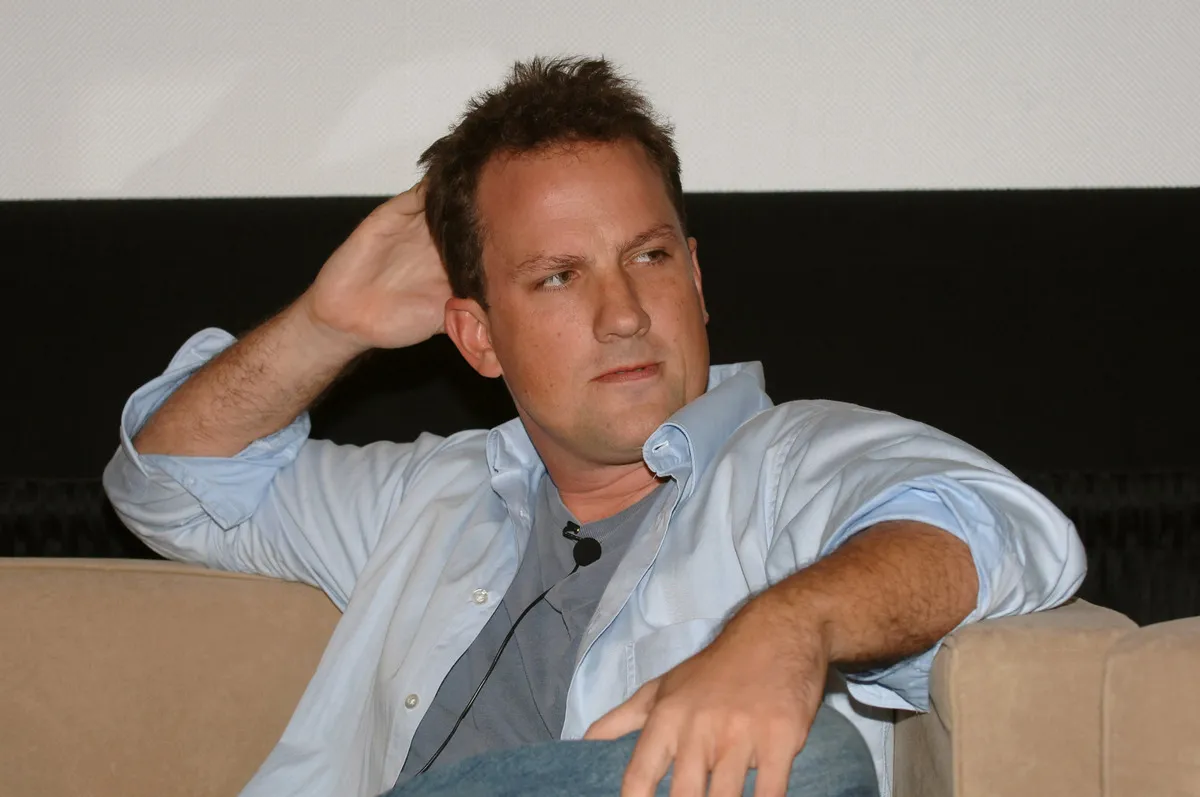
After Ted Griffin wrote the original screenplay for 2005's Rumor Has It..., he was offered the chance to direct as well. But 12 days into filming, Griffin was fired from what would have been his directorial debut and replaced with Rob Reiner.
Rumor had it that lead actor Kevin Costner got Griffin fired from the film, constantly berating the rookie director in front of the cast and crew. But other sources say that production simply fell way behind schedule and that they needed someone more experienced to get the project done faster.
Richard Donner Did Most Of The Work And Was Still Fired
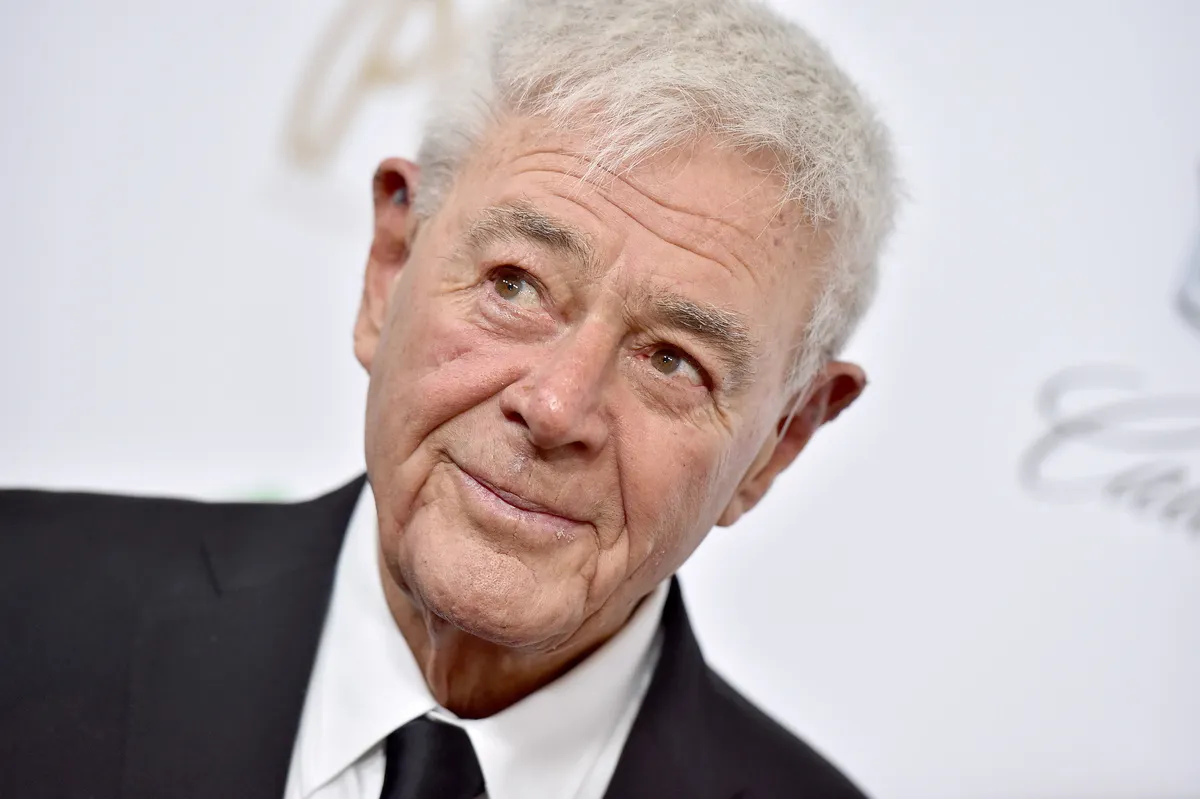
In 1977, producers Alexander and Ilya Salkind sought to bring Superman to the big screen, hiring director Richard Donner to make it happen. At the time, they decided to film both Superman and Superman II back-to-back but the escalating costs of doing both productions at once put Superman II on hold so Donner could get the first film to theaters in time.
Donner had already finished 75-percent of the sequel and you'd think he'd return to complete it. But tensions on set caused the Salkinds to replace Donner with Richard Lester, who redid most of the sequel to earn sole directing credit. Donner's version of Superman II came to light over time, revealing an entirely different version of the film.
John McTiernan Couldn't Even Wow Test Audiences
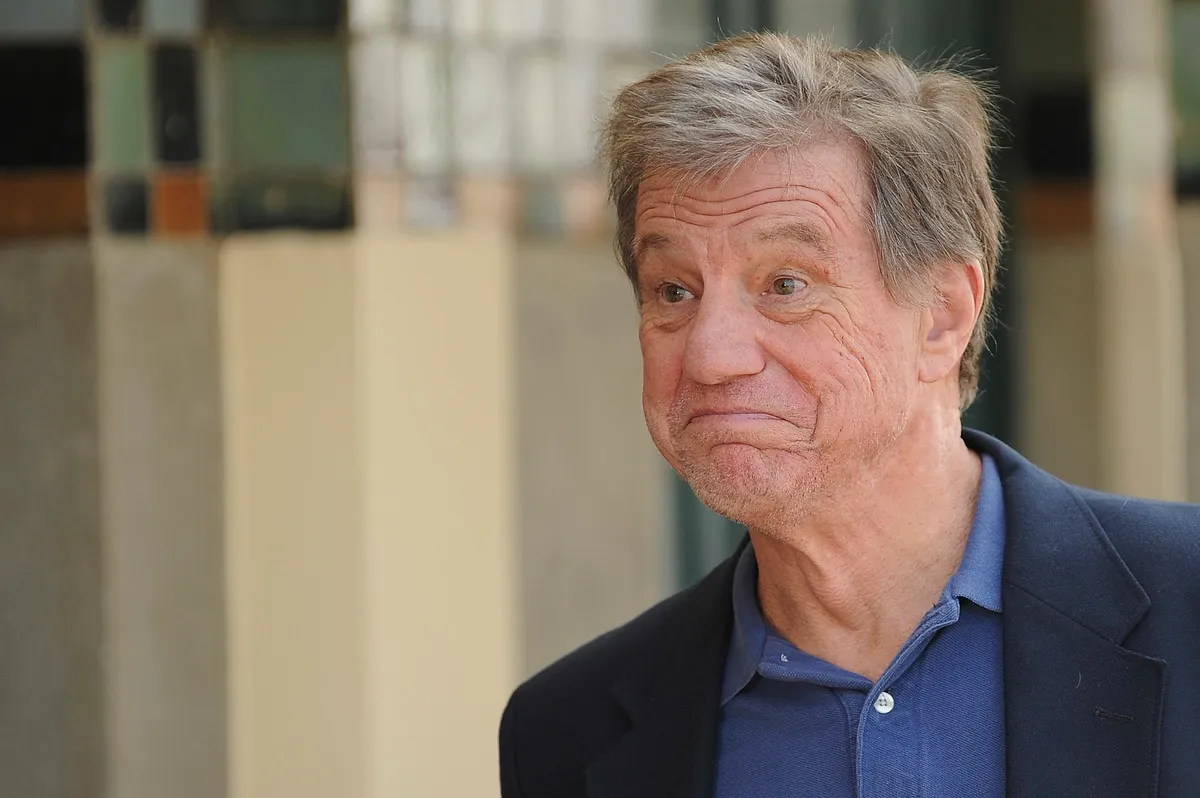
It probably sucks to direct an entire movie yourself only to have audiences hate it, causing your work to be thrown out and redid by someone else. That's precisely what happened to John McTiernan, who, to be fair, is still credited as the director for 1999's The 13th Warrior.
Originally titled Eaters of the Dead and based on Michael Crichton's novel of the same name, Disney was disappointed when test audiences didn't take well to McTiernan's version. They enlisted the help of Crichton, who was so involved in re-cuts that he eventually took over as director himself.
Philip Kaufman Had Creative Differences With Clint Eastwood
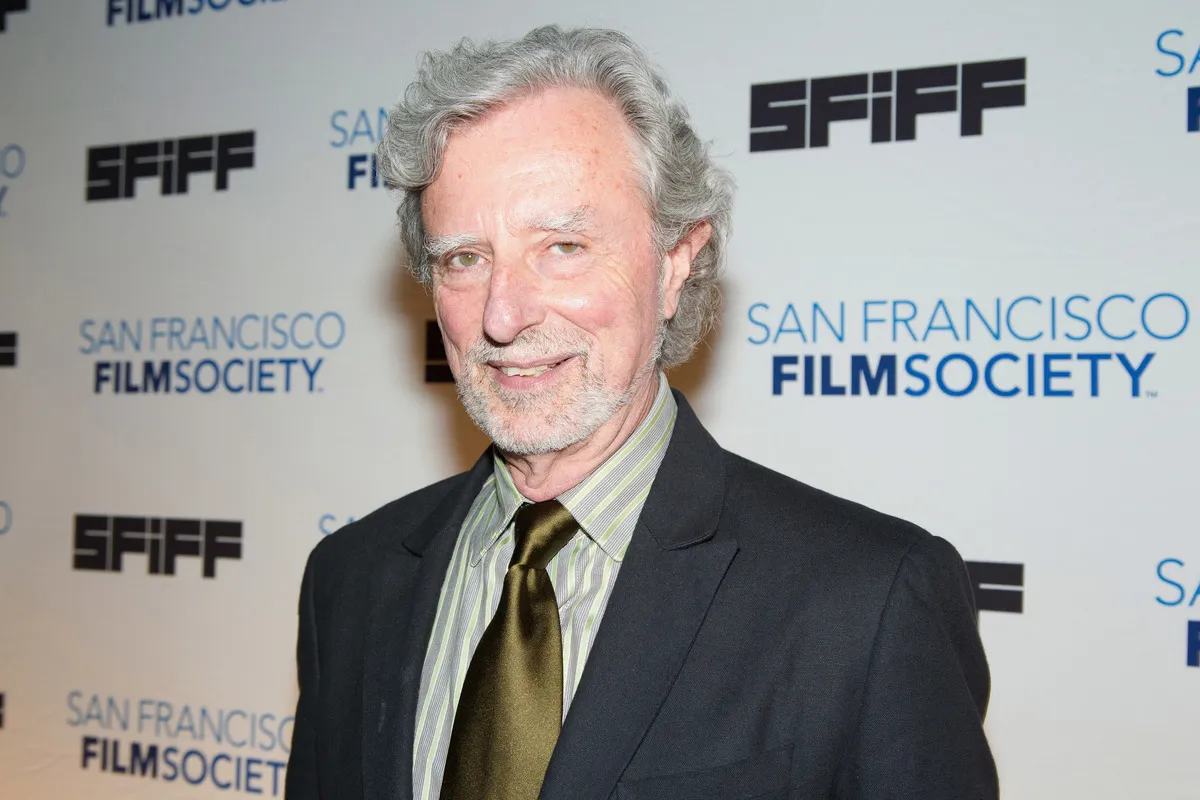
Forrest Carter's 1972 novel The Rebel Outlaw: Josey Wales impressed Clint Eastwood so much that he purchased its screen rights to bring it to life. Eastwood hired Philip Kaufman to direct and also wanted him to polish the script—but that's where things went awry.
Kaufman wanted to stick to the book as closely as possible but didn't like its fascist undertones, while Eastwood felt otherwise and wanted more suspense. Eventually, Eastwood dismissed Kaufman and directed The Outlaw Josey Wales himself. Rumors also abounded that tensions were high after Kaufman and Eastwood both pursued lead actress Sondra Locke, who ended up with Eastwood.
Martin Brest Was Fired Because His Actors Were Too Serious
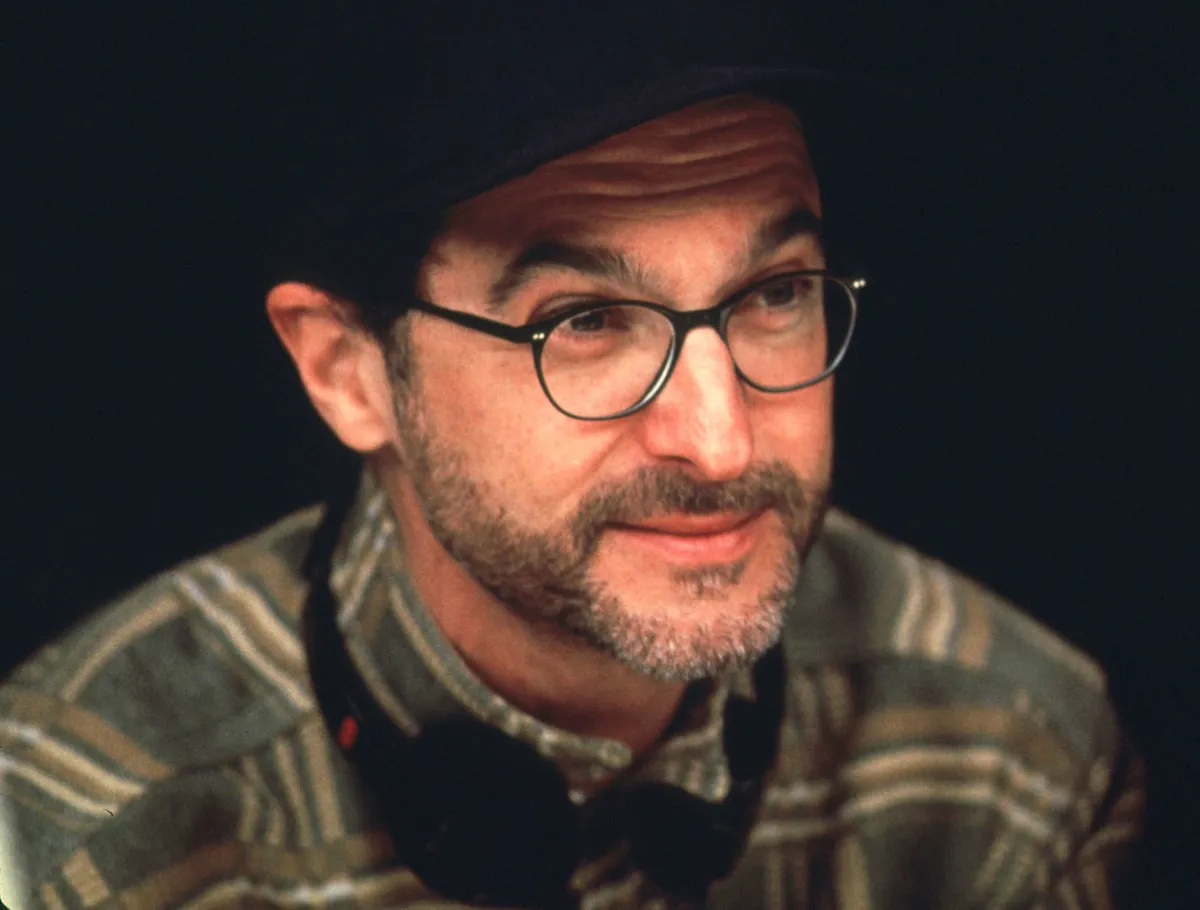
1983's WarGames sees a young Matthew Broderick unknowingly access a U.S. military supercomputer and thinking it's a video game, inadvertently instigates World War III. The film takes a lighthearted approach to a scenario that in real life would have serious repercussions, which is what the film's original director Martin Brest was probably trying to show.
Brest was fired after 12 days of shooting and replaced with John Badham. According to Badham, Brest had "taken a somewhat dark approach to the story and the way it was shot... So it was my job to make it seem like they were having fun, and that it was exciting."
Tony Kaye Didn't Get What He Wanted
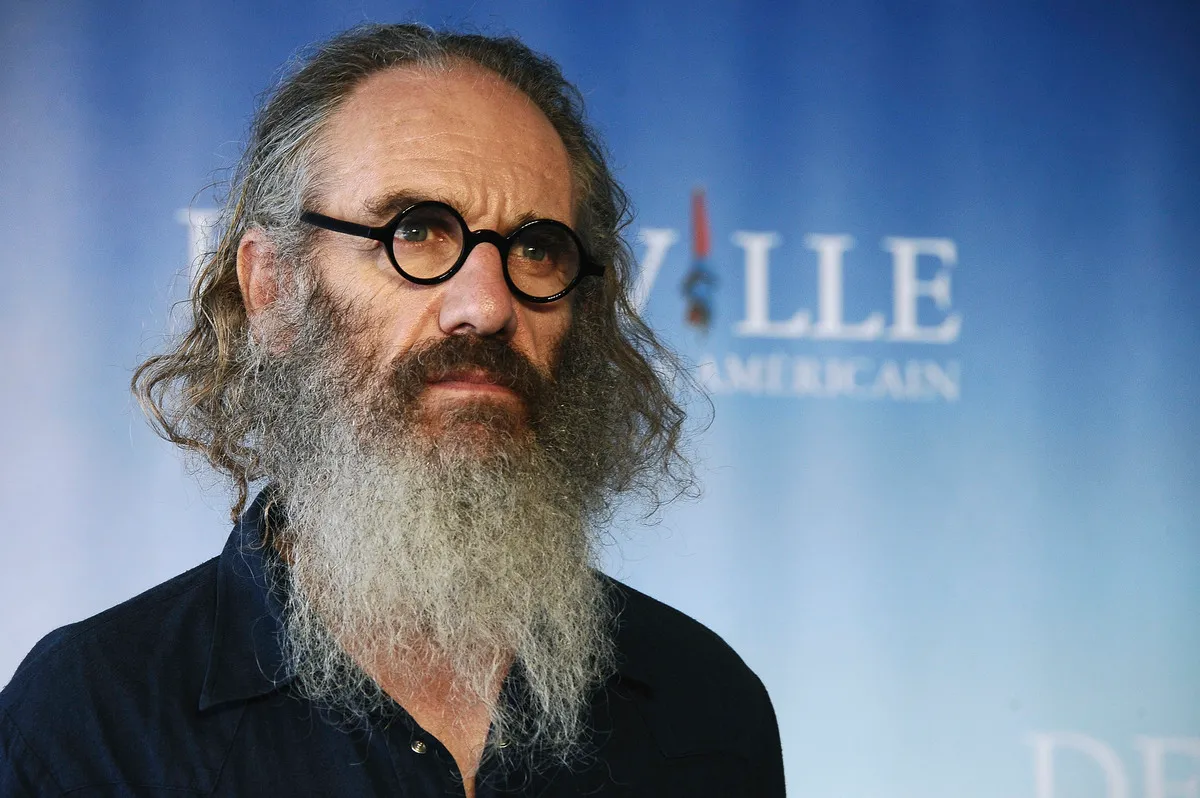
New Line Cinema successfully released American History X in 1998 but not before its director Tony Kaye had anything to say about it. The crime drama was Kaye's feature film debut and he'd actually delivered his first original cut on time and within budget. After New Line made some suggestions, Kaye made a shorter cut but the studio didn't like it either.
The third time around New Line had dropped Kaye and made their own cut. A disgruntled Kaye disowned the third version and tried to get the studio to take his name off the project, which they refused to do. After all the drama, Kaye was still credited as director, even though he wanted nothing to do with it.
Paul Schrader Was At Least Given A Second Chance
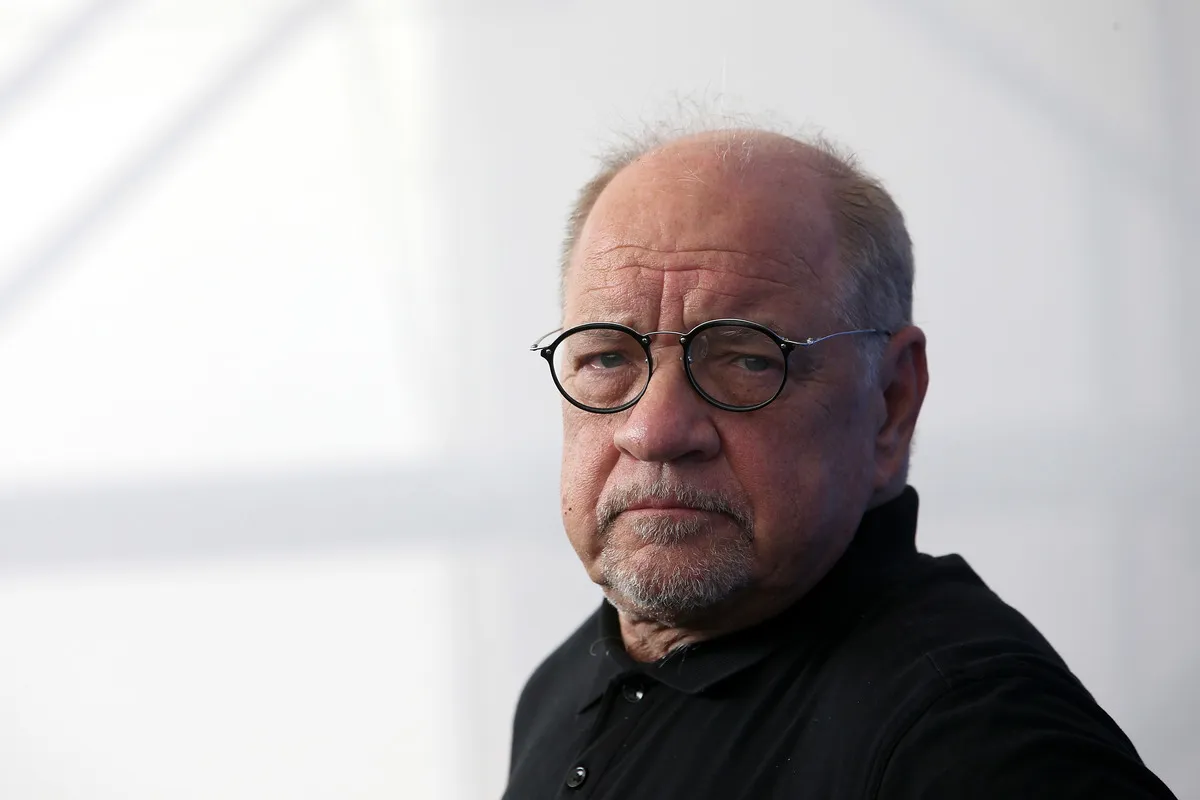
The studios behind the 2004 Exorcist prequel originally hired Paul Schrader to direct the film. Schrader actually went so far as to complete the project only to have the studios reject it outright. They scrapped Schrader's version and turned to Renny Harlin to direct a new version, with the same cast and nearly the same script.
Unfortunately, what became Exorcist: The Beginning pretty much flopped in the box office which had the studio groveling back to Schrader to complete his version, which became Dominion: Prequel to the Exorcist. Schrader's version only did slightly better, so there's really no saying if the studio was right or wrong in booting him from the project in the first place.
Don Siegel Was Saved By Burt Reynolds
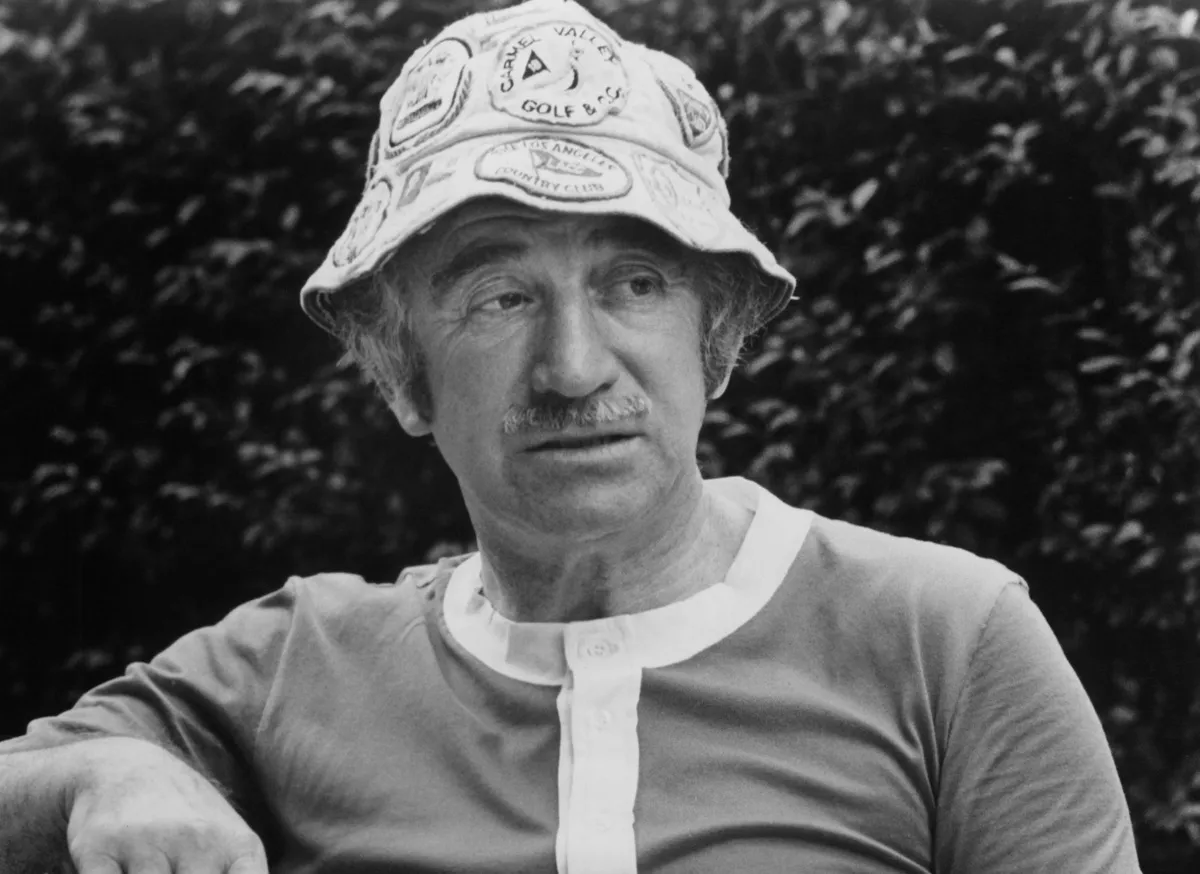
1980's Rough Cut was a heist film starring Burt Reynolds, Lesley-Anne Down, and David Niven. Don Siegel was the second director hired to take its reigns. He only wanted to do the film because he didn't want to be typecast as an action director and according to him, "I thought I'd have a ball."
But several weeks into production producer David Merrick wasn't pleased and replaced Siegel with Peter R. Hunt. Reynolds was flabbergasted by the change and did everything in his power to reinstate Siegel. "I think I've done more in the past three days than Henry Kissinger did in three years... I'll never get myself in a situation like this again," Reynolds recalled to Ottowa Citizen.
Bryan Singer Wasn't Acting Professional
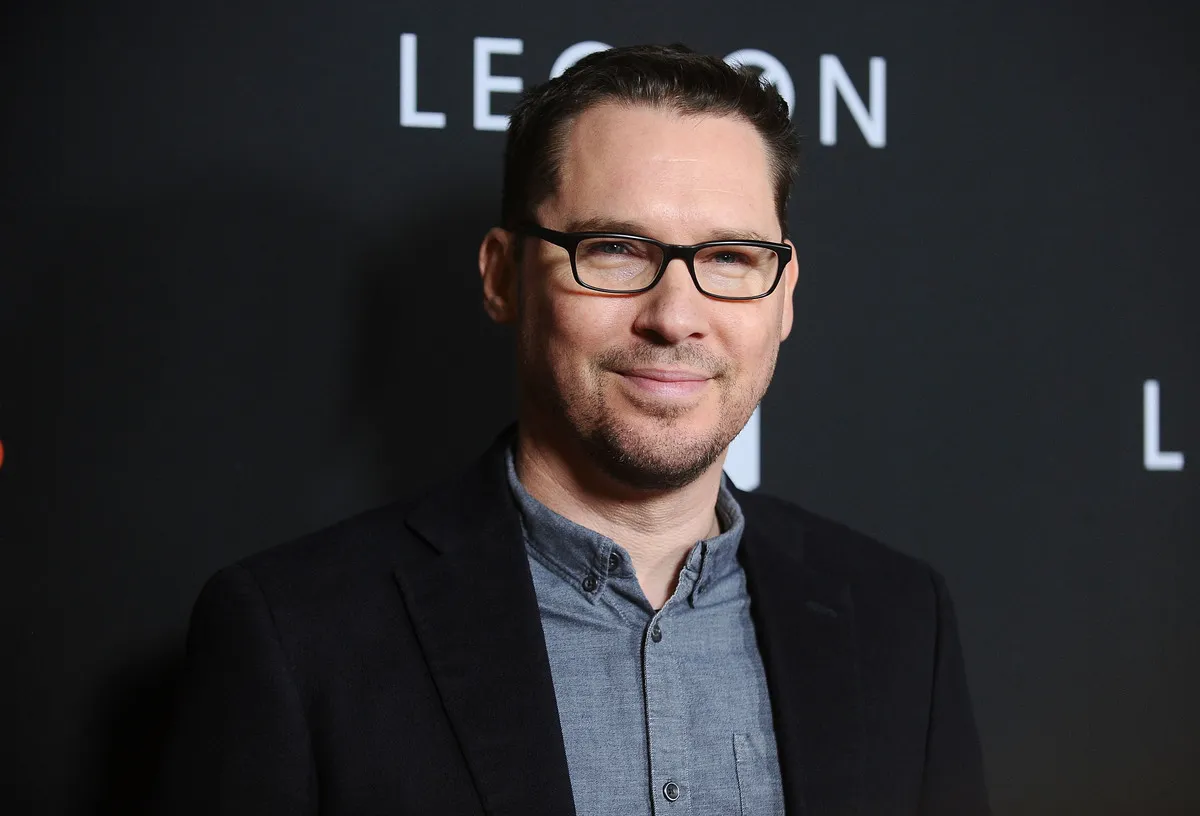
With just two weeks left of filming to go for 2018's Bohemian Rhapsody, 20th Century Fox ultimately decided to fire Bryan Singer over the director's behavior. Singer has had a reputation around Hollywood for his emotional immaturity, in addition to his tardiness and general unpreparedness on set but the studio decided to take a chance on him with the Freddie Mercury biopic, which he claimed was his passion project.
Tensions mounted throughout filming as Singer constantly butted heads with lead actor Rami Malek. When Singer failed to return to the set following Thanksgiving break, production was halted for two weeks before he got the boot. Two-thirds of the film was already complete and director Dexter Fletcher was hired to finish the job.









